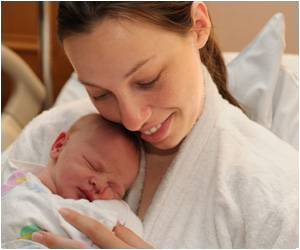The face and brain develop in coordination, with each influencing the other, beginning in the embryo and continuing through adolescence. Now, University of Missouri
The face and brain develop in coordination, with each influencing the other, beginning in the embryo and continuing through adolescence. Now, University of Missouri researchers have found distinct differences between the facial characteristics of children with autism compared to those of typically developing children. This knowledge could help researchers understand the origins of autism.
"There is no clear answer about whether autism is caused by genetics or by environmental influences," said Kristina Aldridge, lead author and assistant professor of anatomy in the MU School of Medicine and the Thompson Center for Autism and Neurodevelopmental Disorders. "If we can identify when these facial changes occur, we could pinpoint when autism may begin to develop in a child. Knowing that point in time could lead us to identify a genetic cause, a window of time when the embryo may be susceptible to an environmental factor, or both."
Aldridge and colleagues found the following distinct differences between facial characteristics of children with autism and those of typically developing children:
- Children with autism have a broader upper face, including wider eyes.
- Children with autism have a shorter middle region of the face, including the cheeks and nose.
- Children with autism have a broader or wider mouth and philtrum – the divot below the nose, above the top lip.
Source-Eurekalert











